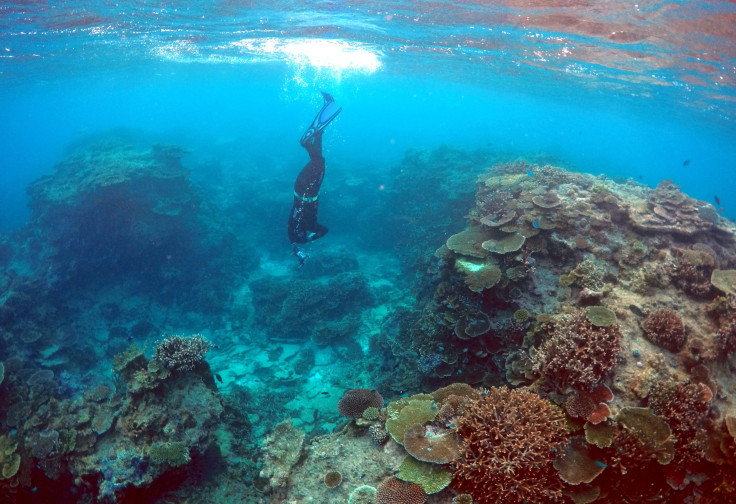Queensland Government warns Great Barrier Reef still in bad shape due to poor pollution-prevention actions

Preventive efforts to stop the impact of pollution on the Great Barrier Reef and reverse the poor condition of the coral ecosystem are not working fast enough, a new report by the Queensland Government has shown.
The reef report card, which assessed inshore areas throughout the 2,300 kilometre-long ecosystem, shows that inshore seagrass and coral reefs at locations that were fairly free from disturbances remained in poor condition overall, but showed some signs of recovery in recent years.
The report card added that only 13 percent of Queensland sugar cane producers have been using the “best management practice” in terms of nutrients to preserve the coral ecosystem, and only 30 percent use best practice with pesticides.
Nearly half of the coral cover of the Great Barrier Reef has been lost in the past 30 years, with the UNESCO World Heritage site still facing the threat of climate change. Most of the corals, including the 1,500 fish species and 3,000 types of molluscs dwelling at the site, are all affected by the impacts of cyclones, crown-of-thorns starfish, fishing and pollution.
Despite the target of all best practices to preserve the site, only 28 percent of graziers are properly managing their pastures to protect the reef, which should be 90 percent by 2018. The government also raised concerns about the 30,980ha of lost riverbank vegetation.
However, the amount of chemicals flowing onto the reef from agriculture decreased between 2009 and 2014. Particulate nitrogen decreased by 11.5 percent, sediment dropped by 12 percent, and pesticides fell 30.5 percent.
But more efforts are still needed despite the improvements on some trends, Roger Shaw, chairman of the scientific panel that administered the report card, told The Guardian Australia. “We know the pollutant levels exceed the guidelines so we need to bring them back down.”
Shaw stated that the inshore area is still recovering from major floods that occurred in 2010 and 2011, even as climate change remains the main threat to the corals. He also described the current targets to improve the environmental practices of farmers as “ambitious” and that the goal would not be possible by 2018. “In this reporting period, the rate of progress towards our water quality improvement targets has slowed dramatically,” he said.
Queensland’s Environment Minister Steven Miles also said that the agriculture industry, particularly sugar cane growers, may still have room for improvement.
However, Federal Environment Minister Greg Hunt, who had lobbied to ensure the reef was not listed on the “in danger” list of UNESCO, was more positive about the outcome of the preventive efforts for the coral reef. “We know the positive changes we are seeing on land will continue to translate into real, long-term benefits for the reef,” Hunt said.
But the WWF spokesman Sean Hoobin said that the presented figures in the reef report card “represent a clear fail for current programmes.” To meet the preservation target, the WWF suggested the government make changes to the current programmes and provide significant additional resources.
“Key first steps are to enforce existing regulations to stop overuse of fertilisers,” Hoobin stated. It is still possible to achieve big reductions in fertiliser pollution with leading farmers as long as they are still being profitable, he added.
Contact the writer at feedback@ibtimes.com.au or tell us what you think below




















